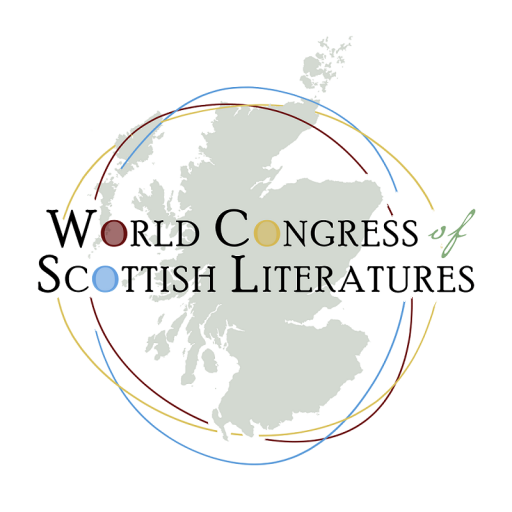Piobaireachd: a highly symbolical expression of Gaelic culture associating past and present in two works of fiction, The Lost Pibroch (1896) by Neil Munro and The Big Music (2012) by Kirsty Gunn
More than a century apart, Munro and Gunn make an attempt at reviving a past way of life, that of the Highlands of Scotland, through the evocation of an emblematic musical genre: piobaireachd (or pibroch, its anglicized from), the classical repertoire of the bagpipes, an ancient type of tunes, specific to the Gaels of Scotland and characterized by a circular structure.
If neither Munro nor Gunn manage to avoid a certain romanticization of the music and the people related to it, as both try to depict a cultural and social background through their visions of this unique repertoire, their works achieve a convincing depiction thanks to the use of a music closely associated with a past, but somewhat glorious, way of life.
As well as this musical focus, both writers use similar stylistic means in the sense that one, Munro, imitates Gaelic syntax which lends to his English a very peculiar tone; while the other, Gunn, offers a structural imitation of piobaireachd using its particular pattern of a theme developed into variations that get more and more complex.
This paper will try to assess how both writers successfully consider the link that piobaireachd provides and favours between past and present, as well as between a minor cultural expression, piobaireachd, and Scottish literature in English.
Blaise Douglas, University of Rouen
